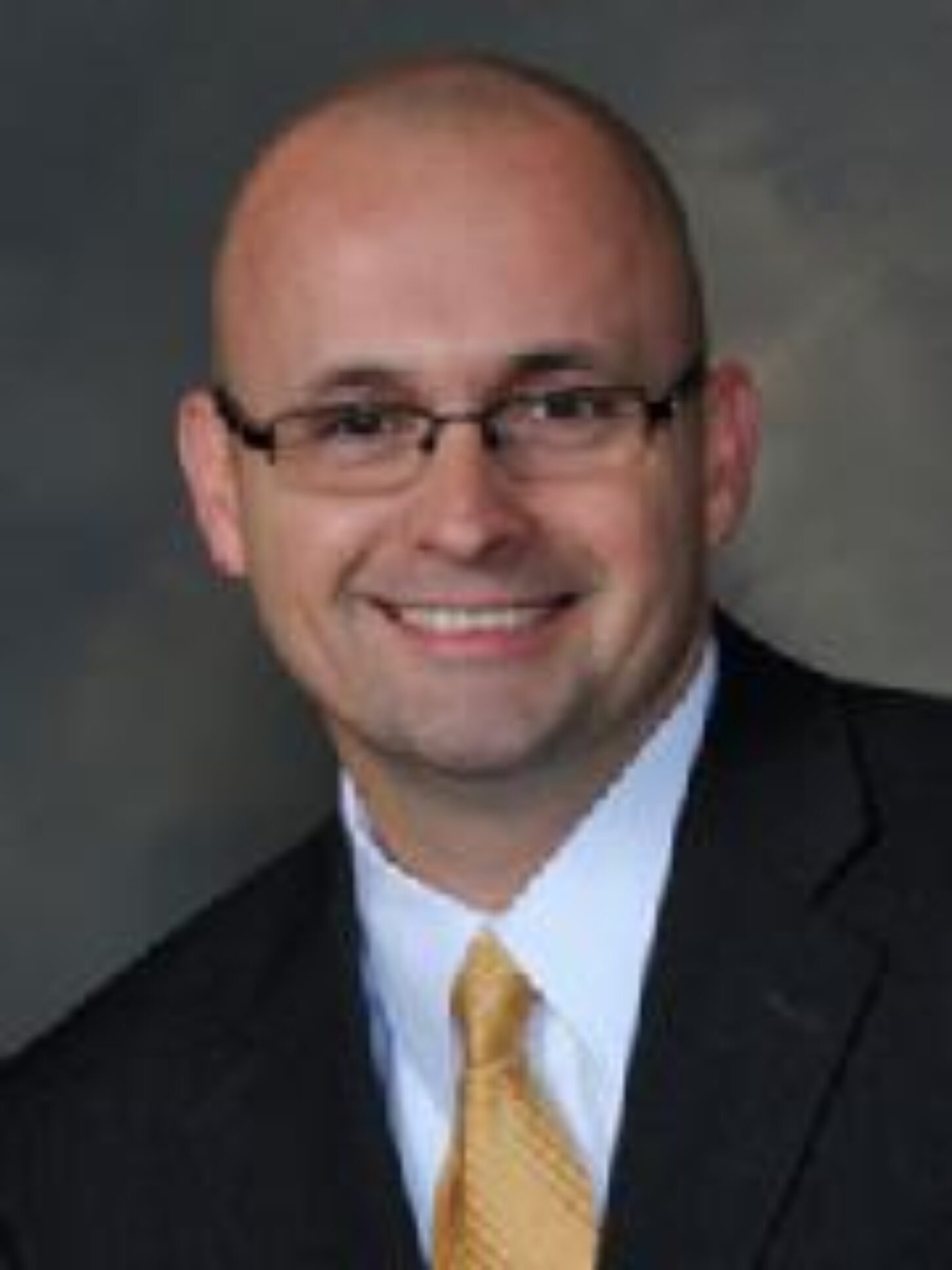

State schools superintendent John Barge believes chances are “slim” that Georgia will meet the federal government’s No Child Left Behind 100 percent proficiency requirement in three years. The first-year superintendent made that clear Thursday when the Department of Education released 2011 AYP – Adequate Yearly Progress – and graduation rate reports.
Notably, the state did not release 2011 AYP results for the Atlanta Public Schools system which is embroiled in a test cheating scandal. The DOE website said results are being withheld until it “can determine which data are impacted by the investigation findings.” Some 179 educators were identified as possible test cheaters after a ten-month special prosecutors’ investigation.
AYP is the national education measuring stick created by No Child Left Behind. President George W. Bush signed controversial legislation into law nine years ago. It mandates that schools nationwide improve math, languages and graduation percentage rates in successive years for schools to be judged as having met Adequate Yearly Progress expectations.
During the 2002-2003 academic year an elementary school could meet AYP if 60 percent of third graders passed reading and language arts standardized tests. Today the minimum is 80 percent, next year 86.7 percent, one year later 93.3 percent, then 100 percent in 2014. The formulas are similar for all elementary, middle and high school AYP standardized tests.

In a statement that accompanied the report, Barge said, “The goal of 100 percent proficiency for all of our students by 2014 is well meaning, but because there are so many variables in the lives of children that schools cannot control, the likelihood of achieving this goal is slim. There is so much more to a school’s and a child’s progress than one test score at a single point in time.”
The state DOE reported the 2011 initial high school graduation rate was 79.5 percent, nearly identical to last year, but that bears discussion later. DOE said the percentage of schools statewide that made AYP declined to 63.2 percent from 71 percent last year. The percentage of schools graded “Needs Improvement” increased to 17.5 percent from 15.4 percent last year.
Georgia AYP Snapshot, 2011 vs. 2010 Data:
All Georgia Schools Making AYP 63.2 percent vs. 77.4 percent
Title I Schools Making AYP 59.0 percent vs. 75.3 percent
Non-Title I Schools Making AYP 71.9 percent vs. 81.6 percent
Elementary Schools Making AYP 75.9 percent vs. 88.1 percent
Middle Schools Making AYP 56.4 percent vs. 78.7 percent
High Schools Making AYP 30.0 percent vs. 40.9 percent
Schools in Needs Improvement 378 vs. 276
State commission or state special schools that did achieve AYP: Coweta Charter Academy, Ivy Prep Academy, Charter Conservatory for Liberal Arts and Technology, Fulton Leadership Academy, Georgia Academy for the Blind, and Museum School of Avondale Estates.
State commission or state special schools did not achieve AYP: Atlanta Area School for the Deaf, Atlanta Heights Charter Academy, Georgia School for the Deaf, Mountain Education Center, Odyssey School (includes Georgia Cyber Academy), Pataula Charter Academy, Peachtree Hope Charter Academy and Scholars Academy.
City school systems that did achieve AYP: Bremen, Decatur, and Jefferson.
City school systems that did not achieve AYP: Buford, Calhoun, Commerce, Carrollton, Cartersville, Dalton, Dublin, Gainesville, Marietta, Pelham, Rome, Social Circle, Thomasville, Trion, Valdosta and Vidalia.
Click here for the Department of Education’s complete AYP website.
Don’t expect much attention to be paid to the 79.5 percent graduation rate announced Thursday because next year the federal government will mandate a new method. Georgia’s graduation rate is expected to decline because of how dropouts are counted and for other reasons. A state DOE official said the rate could decline by 15 percentage points.
The statewide graduation rate and AYP were released one day after high school end-of-course tests results that showed improvement statewide in most study areas, the weakest area being math where more significant gains are still needed. Math has been a challenge for several years as the state transitioned how it teaches the subject. New federal common core curriculum guidelines will further impact how math is taught during the 2012-2013 school year.
Georgia Virtual School’s Superb Results
One bright spot: Exceptional end-of-course test results were posted by Georgia Virtual School students who exceeded statewide averages in every category. Here are the end-of-course test pass percentages for 2010-2011 GAVS students and all students statewide:
Biology: GAVS students 100 percent; Statewide 64 percent, + 36 percent
Math One: GAVS students 91 percent; Statewide 57 percent, + 34 percent
U.S. History: GAVS students 90 percent; Statewide 56 percent, + 34 percent
Economics: GAVS students 97 percent; Statewide 73 percent, + 24 percent
Physical Sciences: GAVS students 93 percent, Statewide 69 percent, + 24 percent
9th Grade Literature: GAVS students 100 percent; Statewide 79 percent, + 21 percent
American Literature: GAVS students 100 percent; Statewide 85 percent, + 15 percent
Math Two: GAVS students 79 percent; Statewide 65 percent, + 14 percent
Georgia Virtual School is a program service offered by the state DOE. It does not award diplomas. It emphasizes virtual learning which means online courses and teachers who provide online instruction to students. About 75 percent of GAVS students are enrolled in public schools, 15 percent are home-schooled and 10 percent are in private schools.
During the 2010-2011 school year GAVS served more than 12,000 students and it expects that number to increase next year. Georgia Virtual administers the state DOE online credit recovery project for high school students who must retake courses they initially failed. GAVS also oversees blended learning pilot projects in some downstate county school systems.
